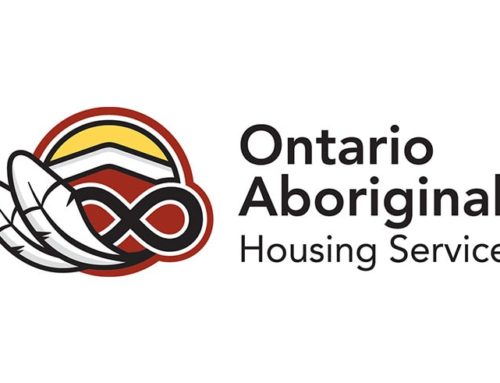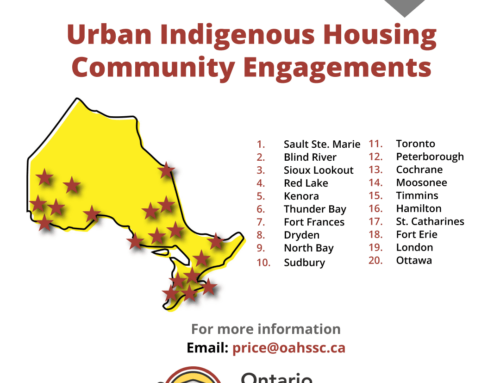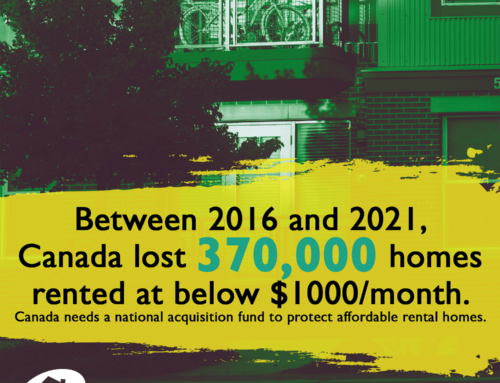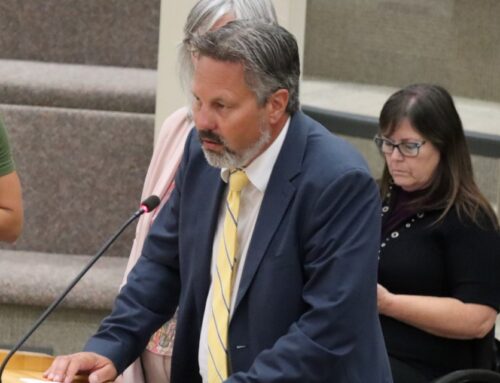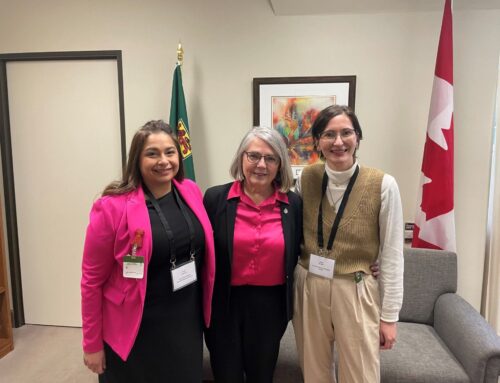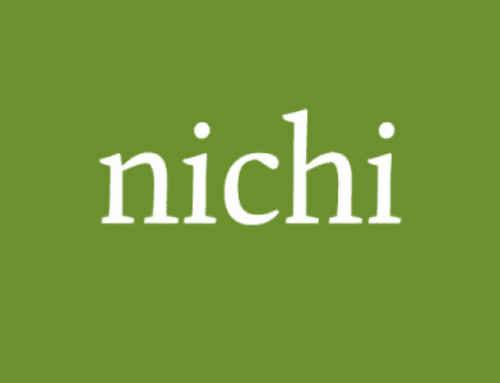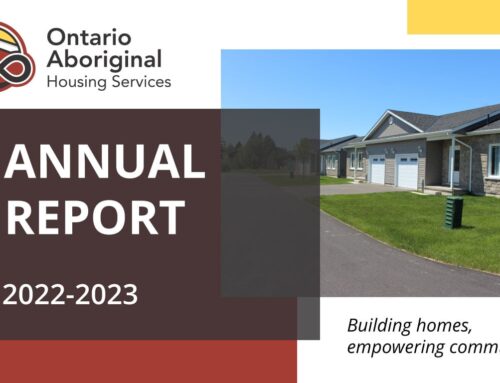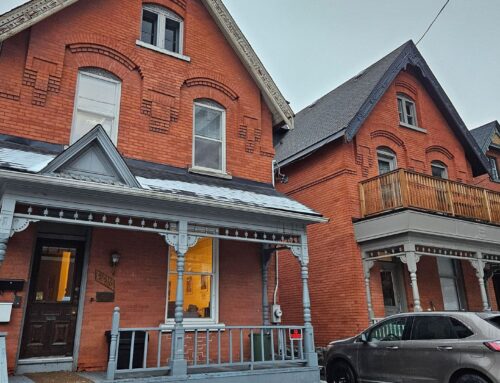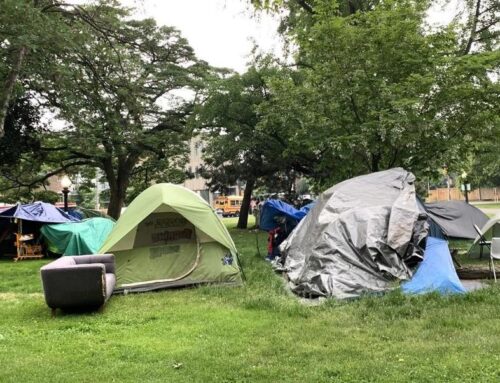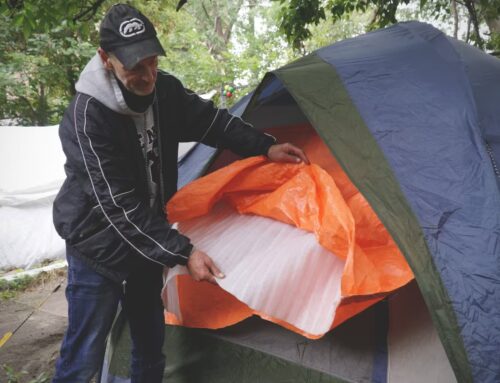Published on September 29, 2023 by Hamilton City Magazine
Homelessness is a choice, an affordable housing panel discussion hosted by the Hamilton Community Foundation heard on Wednesday.
But that choice isn’t being made by those living in tents in encampments or sleeping on the street, says Justin Marchand, CEO of Ontario Aboriginal Housing Services. It’s being made by policymakers and governments.
“Decisions are being made about who is important and who isn’t important.”
The Hamilton Community Foundation released an affordable housing report this week, the latest in its Vital Signs series.
“This is the first time we’ve taken a singular focus on an issue at crisis level proportions across the country,” said Terry Cooke, president and CEO of HCF in opening the evening’s well-attended discussion at the Hamilton Public Library’s central branch.
He said the housing crisis evident in small towns and big cities right across Canada has been a “slow-rolling catastrophe of abandonment by upper levels of government.”
An expert panel delivered a healthy dose of alarming reality when it comes to the dire state of affordability in housing in Hamilton but also some insights into the reasons for hope that exist.
Where homelessness at one time might have been about untreated addiction and mental health issues, it has now become an economic issue, said Steve Pomeroy, a Carleton University professor who is widely recognized as one of the leading housing policy experts in Canada.
Those with low incomes are “collateral damage in a dysfunctional housing system” in which many young people can’t afford to buy a house as that demographic has in the past, said Pomeroy.
The result is that they stay in rental units, which bumps out others.
Hamilton has been particularly susceptible to rising house prices. Between 2020 and 2022, the city had the highest indexed rate of house price increase in the country. And that upward pressure has shifted to the rental market, too.
At the same time, Hamilton isn’t building as much rental housing as other cities. Just 1,200 units were completed in 2022, but they came on the market at a 44 per cent premium over average rents.
Photo from Hamilton City Magazine




